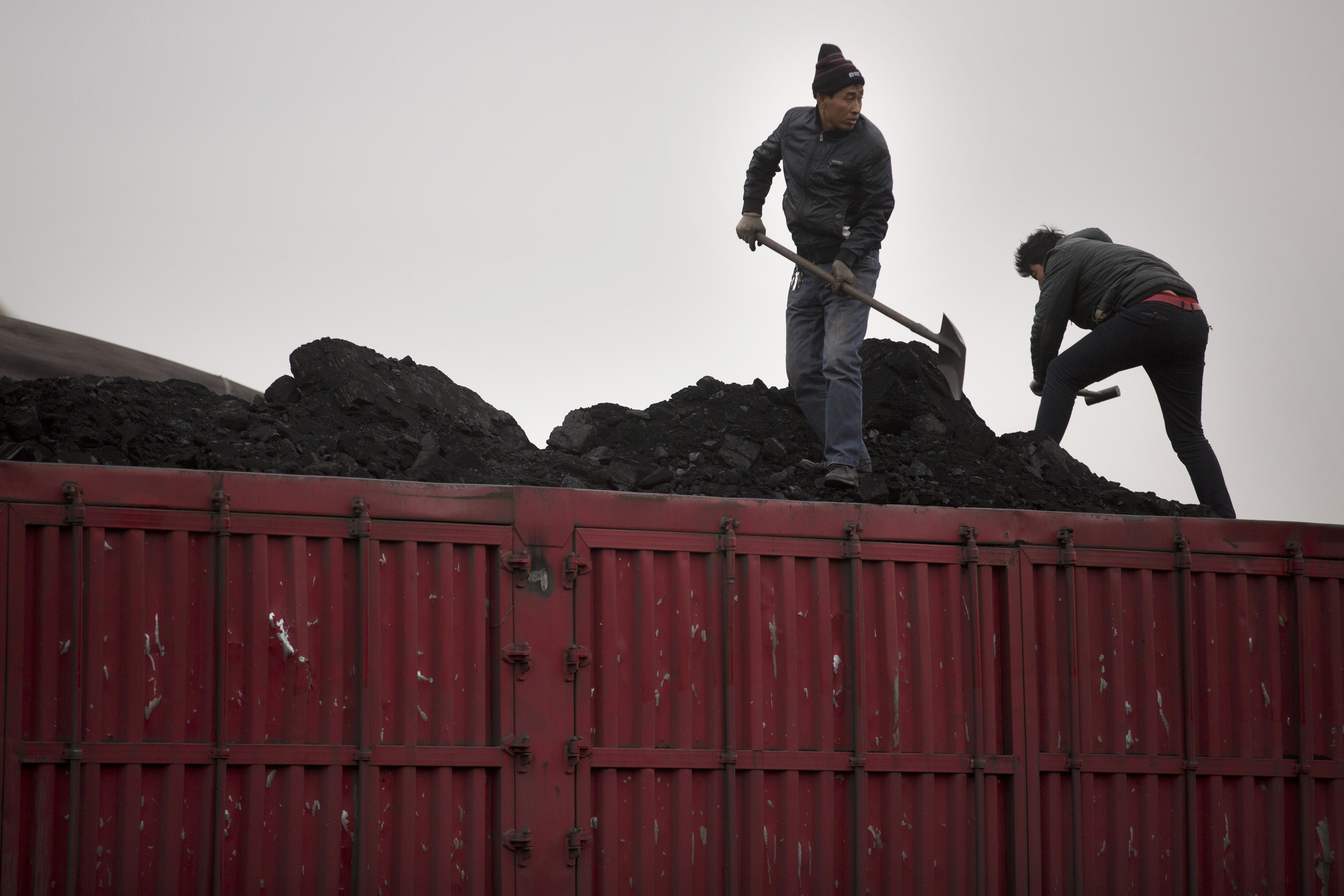In many corners of the vast Chinese territory, they do not forget the infernal heatwaves that have shaken in recent years, drying up populations of tens of millions of inhabitants whose electricity supply depends on energy stored in the form of reservoir water. In the province of Sichuan, in the west, they have become accustomed to living with intermittent blackouts and factories that must stop their production for days when scarcity forces energy supply to be redirected to homes. On those days, notifications circulate from authorities ordering not to lower the air conditioning levels below 26ºC in government offices.
China, a true energy devourer, can alter the world's energy matrix with its policies. It happened last year when, to ensure the cooling demand of its population in the face of the heatwave, Beijing reactivated the coal machinery. This is the conclusion drawn by the International Energy Agency (IEA), the energy arm of the OECD, which points out in recent reports that the growth in global coal demand is being driven by developing countries in Asia. Currently, China alone burns around 40% more coal than the rest of the world combined.
Advanced economies reduced their coal consumption by over 5% in 2024, but globally, demand grew by 1.4%, in physical terms, resulting in 123 million tons more of this mineral being burned than the previous year. Global coal consumption surged in 2021, breaking the downward trend, in the context of the strong recovery following the Covid-19 pandemic lockdowns. Global coal consumption has continued to grow year after year, largely due to the enormous energy needs brought by extreme heat that, in 2024, affected the United States, India, and of course, China.
The heat arrives earlier each year. During this April, in major cities in the Asian giant such as Shanghai or Beijing, with a combined population of nearly 50 million people, many homes and buildings have quickly transitioned from having heating at full capacity to turning on fans when temperatures, on some days, began to reach around 35ºC. The air conditioners in millions of homes, industries, and offices all running simultaneously strain the electrical system, pushing China back to coal and even expanding its thermal power plants.
The IEA emphasizes that record temperatures were "the key factor" driving coal demand. Neither industry nor heat, the electricity sector is the main driver of global demand for this fuel, now representing two-thirds of global consumption. In 2024, electricity generation from coal increased by almost 1% worldwide, reaching 10,700 TWh, a new record.
Climate was responsible for 15% of the overall increase in global energy consumption in 2024, the warmest year on record, according to the Agency's data. While extreme temperatures accounted for 20% of the additional demand for electricity and gas, in the case of coal, climate was the reason for 100% of the increase. In other words, the IEA attributes all the millions of tons of coal burned in 2024 more than in 2023 to heatwaves. This brings us back to the Asian continent.
China faces a perpetual energy paradox. It is the country that emits almost a third of all greenhouse gases and burns more coal each year than the rest of the world combined, but it also leads in renewable energy deployment. The heat is putting Xi Jinping's government in a dilemma, complicating its ambitious green agenda and its old promise to move away from coal, the country's main energy source. Beijing has placed energy security at the top of its priorities and, to maintain a stable electricity supply, it has to burn more coal than ever.
According to Pedro Zorrilla, head of Greenpeace's Energy campaign, the increase in coal production in China for electricity generation is not only due to environmental factors but also to political and economic issues. "The coal industry still holds significant weight in the country's economy," he states. A second IEA report points in this direction, linking "China's continued investment in fossil fuels" to a "strong emphasis on supply security" by Beijing.
The Clean Air Task Force, a think tank based in Helsinki, has noted that China began constructing nearly 100 gigawatts of new coal plant capacity last year, a record in almost a decade. This week, Beijing's main energy regulator announced that the construction of coal power plants will continue, at least until 2027.
It is also true that, in parallel, China is increasing its renewable generation. "It has installed more solar and wind power than the rest of the world combined," Zorrilla compensates, noting that the country leads the global market in green technologies, storage, electric mobility, and their raw materials. According to the Greenpeace spokesperson, China's rapid renewable deployment "paves the way for the national electricity sector to peak emissions in 2025." He recalls that if China meets the government's goals - deploying at least 200 GW of new renewables by 2025 - the country would have installed more than double the clean energy capacity of the entire existing electricity capacity in Spain in just one year.
For the past couple of years, Chinese media campaigns urging the urgent need to reduce coal have disappeared, which was the direction to follow after Xi Jinping announced in 2020 his two major climate goals: reaching peak carbon emissions by 2030 and climate neutrality by 2060. Now, state propaganda focuses mainly on supporting energy security policies to ensure that households do not go without air conditioning during heatwaves.
